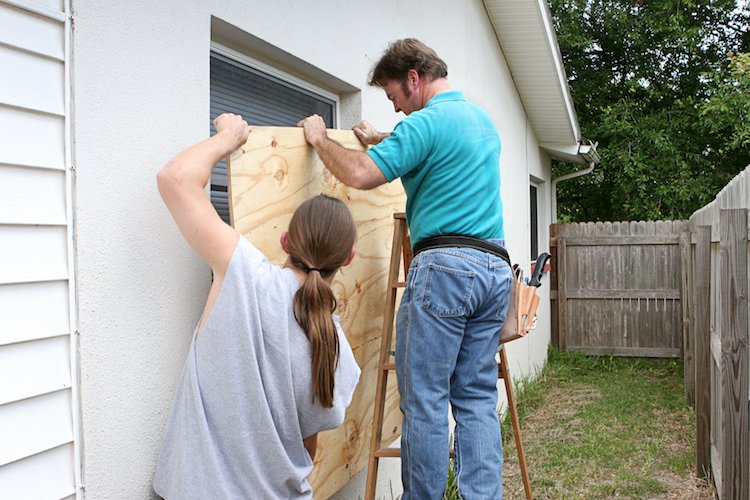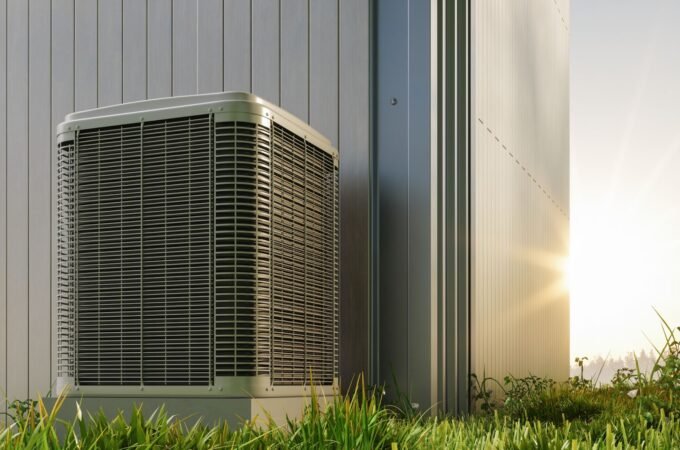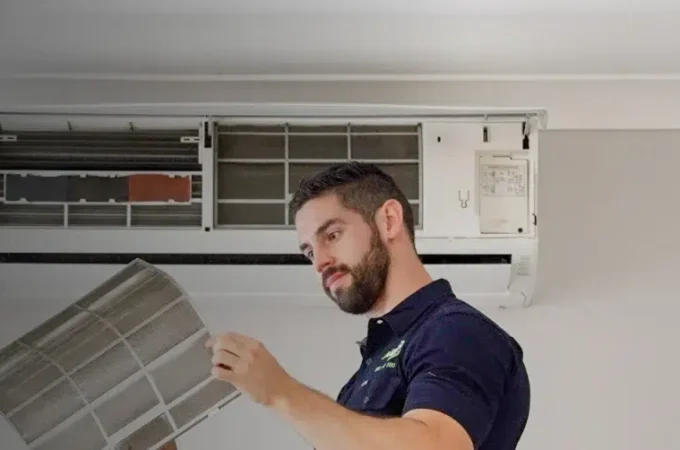
Climate Change: What it Means for Storm Season Home Preparedness
As climate change continues to impact our planet, we are witnessing the intensification of storm seasons across the globe. Severe storms, hurricanes, and extreme weather events are becoming more frequent and more destructive. It is crucial for homeowners to understand the implications of climate change on storm seasons and take proactive steps to prepare their homes for these potentially devastating events. In this blog post, we will explore the connection between climate change and storm season home preparedness and provide practical tips to safeguard your home and family.
Understanding the Impact of Climate Change on Storm Seasons:
Climate change contributes to the intensification of storm seasons in several ways. Rising global temperatures lead to increased evaporation, which fuels the formation of more powerful hurricanes and storms. Warmer oceans provide the energy needed for storms to strengthen rapidly, posing a greater threat to coastal areas. Additionally, climate change alters atmospheric patterns, resulting in heavier rainfall, stronger winds, and longer storm durations. Understanding these changes is crucial in adapting our home preparedness strategies.
Assessing Vulnerabilities and Risk Factors:
The first step in storm season home preparedness is to assess your home’s vulnerabilities and risk factors. Consider the geographical location of your property—whether it is prone to flooding, storm surges, or high winds. Identify weak points in your home’s structure, such as aging roofs, windows, or doors, that may be susceptible to damage during storms. Conduct a thorough inspection to determine the condition of your home’s foundation, drainage systems, and landscaping, as these can influence its resilience to extreme weather events.
Strengthening the Infrastructure:
To minimize storm-related damage, it is essential to reinforce the infrastructure of your home. This includes:
- Roof and Windows: Ensure your roof is in good condition and can withstand high winds. Consider installing hurricane straps or clips to secure the roof to the walls. Reinforce windows and glass doors with impact-resistant materials or storm shutters to protect against flying debris.
- Doors and Garage: Strengthen exterior doors, especially the ones facing the storm-prone side, with additional locks, bolts, or braces. Reinforce garage doors with bracing kits to prevent them from collapsing during strong winds.
- Foundation and Drainage: Clear gutters and downspouts regularly to allow proper water flow. Ensure the grading around your home directs water away from the foundation. Consider installing a sump pump and a battery-powered backup system to prevent flooding.

According to SERVPRO of West Bronx, “As a leading provider of water damage cleanup and restoration services in the Bronx, New York, we have witnessed an alarming trend of increased demand due to homeowners being ill-prepared for the devastating effects of water damage. Climate change has intensified storm seasons, leaving many homeowners vulnerable to flooding and water intrusion. By taking preventive measures and strengthening the infrastructure, homeowners can minimize the need for extensive cleanup and restoration, safeguarding their homes from the relentless power of water”.
Creating an Emergency Kit and Evacuation Plan:
Preparing an emergency kit and having a well-thought-out evacuation plan is crucial for storm season preparedness. Your emergency kit should include essential supplies such as non-perishable food, drinking water, first aid kit, flashlights, batteries, a portable radio, and necessary medications. Keep important documents, including insurance policies, in a waterproof container. Familiarize yourself with evacuation routes and establish a communication plan with family members.
Staying Informed:
Stay informed about weather conditions and storm updates by monitoring local news and official weather channels. Sign up for emergency alerts and warnings in your area. Consider installing a weather monitoring system in your home that can provide real-time updates on approaching storms. Understanding the severity and trajectory of a storm allows you to make timely decisions to protect your home and evacuate if necessary.
Landscaping and Yard Preparation:
Take proactive measures to prepare your yard and landscaping for storm seasons. Trim trees and remove dead branches that could potentially become hazards during high winds. Secure outdoor furniture, grills, and other loose items that could be picked up by strong gusts and cause damage to your home or neighboring properties. Consider planting native and resilient plants that can better withstand extreme weather conditions.
Backup Power and Emergency Generators:
Power outages are common during severe storms. Invest in a backup power solution, such as a generator or battery-powered backup system, to ensure essential appliances and systems in your home remain operational during power disruptions. Prioritize powering critical equipment like refrigerators, medical devices, and communication devices.

Secure Important Documents Digitally:
In addition to keeping physical copies of important documents in a waterproof container, it is wise to secure digital copies as well. Scan and store important documents, including insurance policies, identification cards, passports, and property records, in a secure cloud-based storage system. This will provide easy access to vital information even if physical documents are damaged or lost during a storm.
Insurance Coverage Review:
Regularly review your homeowner’s insurance policy to ensure adequate coverage for storm-related damages. Understand the specific coverage options for storm-related perils, such as wind damage, flooding, and water intrusion. Consider adding additional coverage or riders if needed, and be familiar with the claim process to expedite the recovery and repairs in the aftermath of a storm.
According to DryTech San Diego, “Our comprehensive approach to handling storm damage includes not only addressing the immediate water-related issues but also coordinating directly with your insurance company. Most experienced water damage restoration companies can streamline the claims process and swiftly implement the necessary restoration measures to restore your home to its pre-damage condition, ensuring a safe and water and mold-free living environment for you and your loved ones.”
Community Preparedness and Collaboration:
Engage with your community in storm preparedness efforts. Participate in local community emergency response initiatives, attend informational workshops, or join neighborhood watch groups. Collaborate with your neighbors to share resources, knowledge, and support during storm seasons. Together, you can strengthen the resilience of your entire community and respond effectively in the face of adverse weather conditions.
Conclusion:
With the increasing impact of climate change on storm seasons, it is crucial to expand our home preparedness efforts. By implementing these 10 strategies, including assessing vulnerabilities, reinforcing infrastructure, creating an emergency kit, staying informed, landscaping and yard preparation, backup power solutions, securing important documents digitally, reviewing insurance coverage, and promoting community preparedness, you can enhance your resilience against the effects of climate change and protect your home and loved ones during storm seasons. Prioritizing storm preparedness is an investment in the safety and security of your household.




